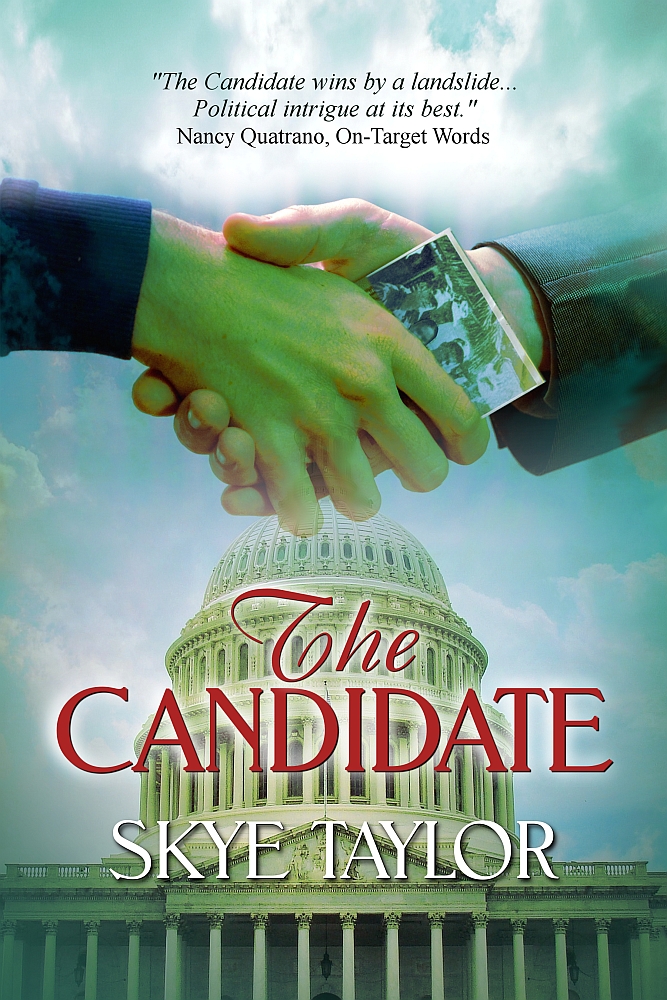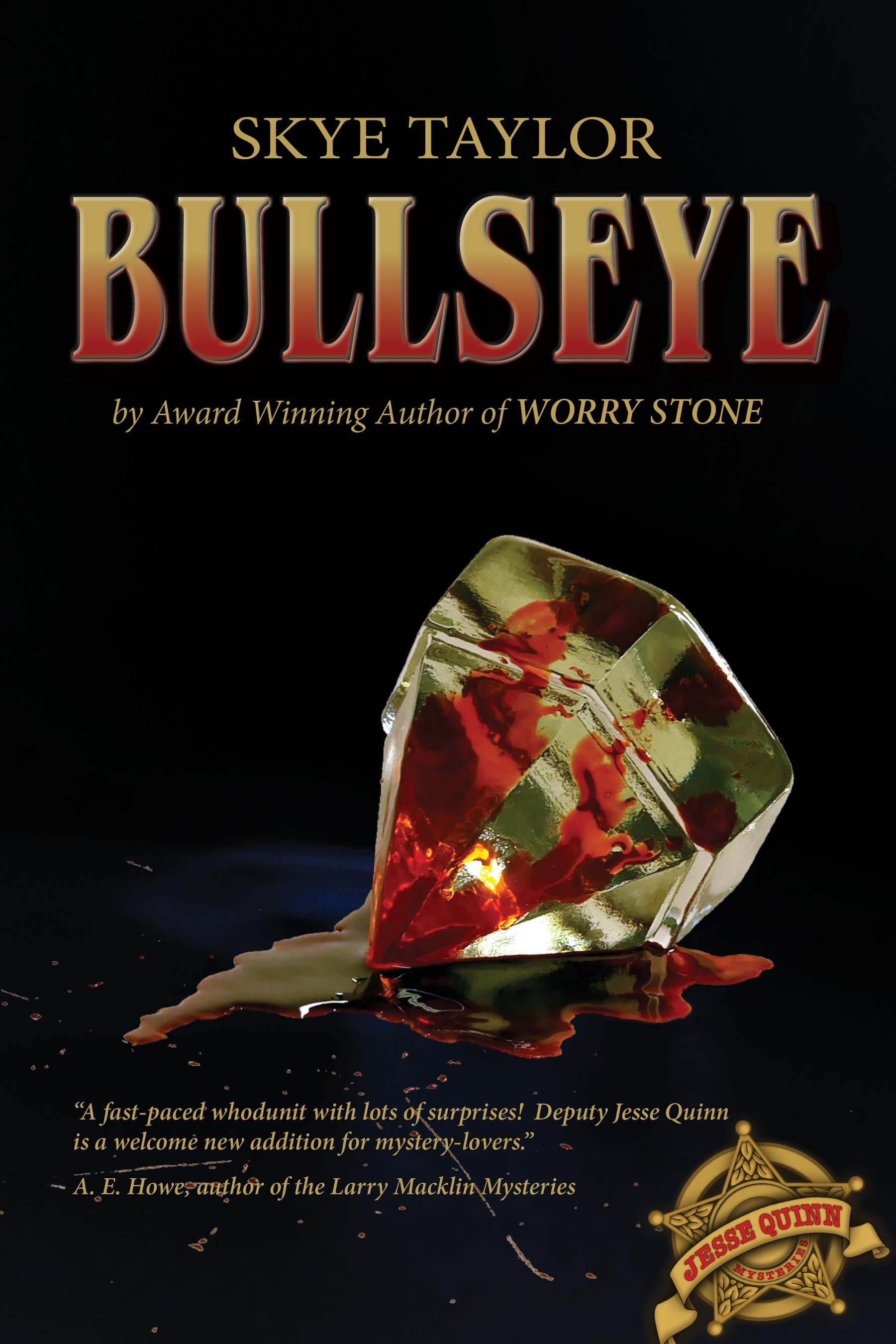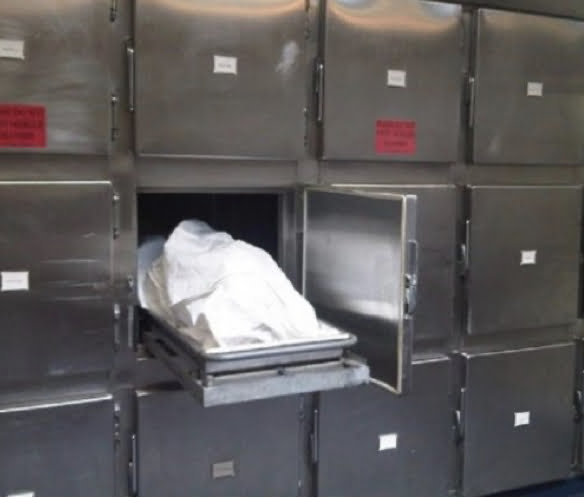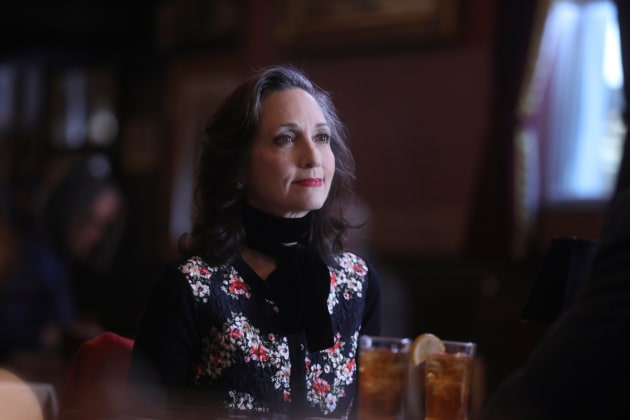 Welcome to the Round Robin Blog Hop for March 2021 - How do you develop tension in your writing?
Welcome to the Round Robin Blog Hop for March 2021 - How do you develop tension in your writing?
XX
Although the Hallmark channel movies are immensely popular, how many of you have snored through one? I generally turn them on at Christmas time as company while I’m busy with holiday projects, but unless I have something else occupying my hands and head, my mind wanders from the movie far too easily. Why? Because of the lack of tension. Yes, they are romances and yes, there is some inner conflict – usually some past romantic break-up – but the rest of the story is all fluff. But if I switch over and watch, say, NCIS LA, the tension cranks up frequently, each time higher, to a crescendo at the climax and my brain, whatever I’m doing, is  yanked back to the action on the screen.
yanked back to the action on the screen.
XX
This is called tension and if you want your readers to stay glued to your book, you need to follow the NCIS LA model rather than the Hallmark one. You want your readers to be forcing their eyelids to stay up late at night because they simply HAVE to know what’s going to happen next. Years ago, when I first got back to writing after my kids were grown and I had an empty nest, I joined a writers group and the speaker at the very first  meeting I attended was Tess Gerritson, best selling author of medical thrillers and creator of the Rizzoli and Isles series (in books and on tv.) One comment in her presentation struck me at the time and has stayed with me ever since.
meeting I attended was Tess Gerritson, best selling author of medical thrillers and creator of the Rizzoli and Isles series (in books and on tv.) One comment in her presentation struck me at the time and has stayed with me ever since.
XX
“If things are going too well for your heroine, throw a new fence in her way.” She went on to elaborate, but I’m sure you get the picture. Your hero is about to win the race, so stick out your foot and trip him. That is one way to create tension, especially when things are beginning to sag.
XX
Right up front here I would like to recommend an excellent book written by Debra Dixon, author, editor and publisher  with the title. G.M.C. Goal Motivation & Conflict – the building blocks of good fiction. An excellent reference for all beginners and something that lives in any seasoned author’s soul. All your main characters and even some of your minor ones will have a goal, motivation and something that gets in the way of achieving it – the conflict, and that creates the tension. In Suspense and thrillers that conflict is right up front, looming large over the hero’s life and goals. In a romance, or in women’s fiction, it might be more subtle, but it’s there. Every good character needs something to strive for. They need a believable reason to want it. And something must stand in their way, challenging them to grow, and overcome.
with the title. G.M.C. Goal Motivation & Conflict – the building blocks of good fiction. An excellent reference for all beginners and something that lives in any seasoned author’s soul. All your main characters and even some of your minor ones will have a goal, motivation and something that gets in the way of achieving it – the conflict, and that creates the tension. In Suspense and thrillers that conflict is right up front, looming large over the hero’s life and goals. In a romance, or in women’s fiction, it might be more subtle, but it’s there. Every good character needs something to strive for. They need a believable reason to want it. And something must stand in their way, challenging them to grow, and overcome.
XX
I began writing romance and that formula found in Ms. Dixon’s book works for both the hero and the heroine, preferably with both inner and outer conflicts in direct opposition to the other’s issues. For instance, the outer conflict might be that she’s a city girl and he’s a cowboy who can’t imagine living anywhere but on the wide open range. Or your heroine  is the owner of a small bookstore that’s been in the family for generations and the hero is the front man for a company trying to buy out all the business owners to put up some big modern condo complex. Your hero is desperate for a loan and your heroine is a responsible bank loan officer who sees him as a poor risk. In most fiction, but especially romance, there is an inner conflict as well. In romance, it’s something that makes falling in love with that particular person a bad idea. Sometimes it’s a history – he broke her heart in high school and she’s not about to give him a second chance. She’s a wall-flower and he’s a jock and it seems like they have nothing in common. Or maybe everyone she has ever loved in her life has met with an unfortunate end and she’s afraid to love anyone lest she doom them to a similar fate. Or his mother has been a liar and a cheat for as long as he can remember and he doesn’t trust women. That’s what creates tension in a romance. Two people, drawn to each other physically and mentally, but with some inner turmoil that keeps them from letting it just happen.
is the owner of a small bookstore that’s been in the family for generations and the hero is the front man for a company trying to buy out all the business owners to put up some big modern condo complex. Your hero is desperate for a loan and your heroine is a responsible bank loan officer who sees him as a poor risk. In most fiction, but especially romance, there is an inner conflict as well. In romance, it’s something that makes falling in love with that particular person a bad idea. Sometimes it’s a history – he broke her heart in high school and she’s not about to give him a second chance. She’s a wall-flower and he’s a jock and it seems like they have nothing in common. Or maybe everyone she has ever loved in her life has met with an unfortunate end and she’s afraid to love anyone lest she doom them to a similar fate. Or his mother has been a liar and a cheat for as long as he can remember and he doesn’t trust women. That’s what creates tension in a romance. Two people, drawn to each other physically and mentally, but with some inner turmoil that keeps them from letting it just happen.
XX
 I’ve often been told my romances could be main stream or women’s fiction, though because I write what I see as real life. No one lives in a bubble where it’s just the hero and heroine and their relationship. We have kids and inconvenient relatives, co-workers, bosses, landlords, neighbors, dogs, cats, mortgages, cars that break down. The list is endless and I throw a lot of that conflict at my characters. In Falling for Zoe, my hero is coping with a mother with Alzheimer’s, a teen age daughter and 5 year old twins. The last thing he needs is another woman in his life. But that’s how love sometimes happens, in the midst of life however crazy it is.
I’ve often been told my romances could be main stream or women’s fiction, though because I write what I see as real life. No one lives in a bubble where it’s just the hero and heroine and their relationship. We have kids and inconvenient relatives, co-workers, bosses, landlords, neighbors, dogs, cats, mortgages, cars that break down. The list is endless and I throw a lot of that conflict at my characters. In Falling for Zoe, my hero is coping with a mother with Alzheimer’s, a teen age daughter and 5 year old twins. The last thing he needs is another woman in his life. But that’s how love sometimes happens, in the midst of life however crazy it is.
XX
Iain’s Plaid, my time travel is a romance so it ran on inner and outer conflicts for my hero and heroine but added to that was the schism of time. She was thrust without warning into a time two hundred years earlier, which added a whole new layer of tension.
 XX
XX
The Candidate, one the first books I wrote, my hero is running for president against two other candidates. It’s a close race and any of the three have a shot at winning. The obvious and starkly different campaign promises and the lengths each man will go to win offers much of the tension, but the secrets each hides, that could be their undoing cranks that up. On the first page, my hero is presented with an unwanted reminder of a past he’s done everything to forget. He struggles with this unleashing of memory and pain while trying to keep his campaign on track. When I initially wrote that book, it was all his story, told from his point of view and it was mostly about his personal odyssey, and trying to stay focused on the campaign in the midst of that turmoil. But an editor who liked my premise suggested there was not enough tension. After considering my options, I broadened it by looking into all three campaigns, two from the candidates’ POVs and one from the campaign manager’s. Then I added POV opportunities for two other important characters whose very presence added trouble for my hero. Letting the reader see other points of view and what the hero is up against that he is not aware of added that tension my editor was looking for. The way you’d feel if you saw someone slip a rufie into a woman’s drink when she wasn’t looking and you want to shout “Don’t drink it!” but she can’t hear you as she picks up the glass and brings it to her lips.
XX
 When I began writing mysteries I discovered a whole new challenge to keeping the tension going. I’m writing what they call police procedurals (as opposed to cozy mysteries or suspense) and in spite of what you see in movies and on TV, police work, like they say of soldiering, is 90% tedium and 10% terror. Police work also involves huge amounts of paperwork and reports. Some interviews of suspects can be tension filled, but more often they are just question after question, a detective’s effort to wear the suspect down until they spill something they meant to keep to themselves. None of which makes for interesting reading or adds much tension to the story. Another best-selling author, C. Hope Clark, made a comment when critiquing the first few chapters of my first mystery that I needed to have another dead body show up.
When I began writing mysteries I discovered a whole new challenge to keeping the tension going. I’m writing what they call police procedurals (as opposed to cozy mysteries or suspense) and in spite of what you see in movies and on TV, police work, like they say of soldiering, is 90% tedium and 10% terror. Police work also involves huge amounts of paperwork and reports. Some interviews of suspects can be tension filled, but more often they are just question after question, a detective’s effort to wear the suspect down until they spill something they meant to keep to themselves. None of which makes for interesting reading or adds much tension to the story. Another best-selling author, C. Hope Clark, made a comment when critiquing the first few chapters of my first mystery that I needed to have another dead body show up.
XX
 But it couldn’t be just any dead body. There had to be a connection and it had to complicate the ongoing investigation. One of my characters is convinced he knows who did it, and my heroine disagreed, but suddenly there is another body – one that is clearly connected, and yet the ME declares the time of death to coincide with the when their hot suspect has an air tight alibi. Now what? Are there two murderers working together? Was the first suspect innocent? Maybe the murders are not connected or perhaps they are a copy-cat? Whatever the cause, it had to disrupt the investigation’s momentum and create tension.
But it couldn’t be just any dead body. There had to be a connection and it had to complicate the ongoing investigation. One of my characters is convinced he knows who did it, and my heroine disagreed, but suddenly there is another body – one that is clearly connected, and yet the ME declares the time of death to coincide with the when their hot suspect has an air tight alibi. Now what? Are there two murderers working together? Was the first suspect innocent? Maybe the murders are not connected or perhaps they are a copy-cat? Whatever the cause, it had to disrupt the investigation’s momentum and create tension.
XX
 Another way to add tension to a murder mystery is to suddenly have your hero or heroine get too close to figuring things out and acquire a target on their back. Or there is a disagreement with someone in the department, especially a supervisor. Tension is often added by expanding the number of people on the case, bringing in the FBI for instance. If you watch Blue Bloods on TV you will have met the US Marshal who rides roughshod over anything either Danny Reagan or his father, the commissioner, are doing and tensions run high. Or the governor calls in State Police without consulting the NYPD. In one season the mayor appointed a woman to “oversee” the police department in what he called an effort for transparency. All of these conflicting power bases add tension. In another season a psychopathic serial killer got under Danny’s skin and taunted him, ending with a threat to his family. I can’t claim to be nearly as good as the writers for this show, but their example helps me to see places where I can add tension to my stories.
Another way to add tension to a murder mystery is to suddenly have your hero or heroine get too close to figuring things out and acquire a target on their back. Or there is a disagreement with someone in the department, especially a supervisor. Tension is often added by expanding the number of people on the case, bringing in the FBI for instance. If you watch Blue Bloods on TV you will have met the US Marshal who rides roughshod over anything either Danny Reagan or his father, the commissioner, are doing and tensions run high. Or the governor calls in State Police without consulting the NYPD. In one season the mayor appointed a woman to “oversee” the police department in what he called an effort for transparency. All of these conflicting power bases add tension. In another season a psychopathic serial killer got under Danny’s skin and taunted him, ending with a threat to his family. I can’t claim to be nearly as good as the writers for this show, but their example helps me to see places where I can add tension to my stories.
XX
I’ve not written suspense or a thriller, medical mayhem or young adult, so perhaps you should check out some of these other authors and see how they create tension in those genres.
XX
Marci Baun
Dr. Bob Rich
Victoria Chatham
Connie Vines
Diane Bator
Rhobin L Courtright